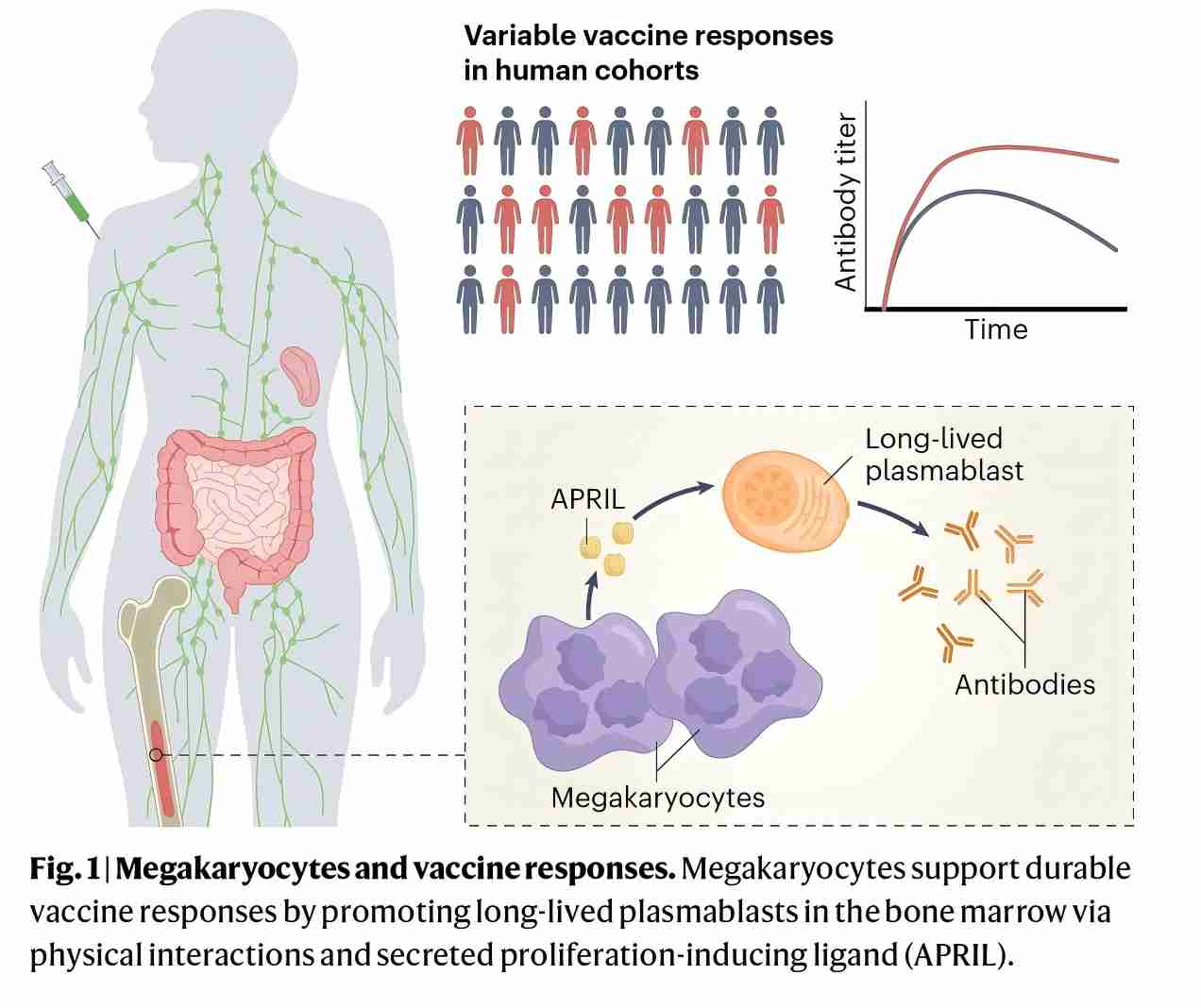
Credit Nature Immunology
Vaccines stand as one of humanity’s most transformative medical achievements, offering a powerful shield against infectious diseases that once decimated populations. The complexity of vaccine-induced immunity remains a fascinating scientific puzzle: why do some vaccines provide lifelong protection, while others require frequent boosters?
At the core of this mystery lies the human immune system – a sophisticated network of cellular and molecular components working in extraordinary synchronization. Unlike a simple defensive barrier, this system is a dynamic, intelligent mechanism capable of learning, remembering, and adapting. B cells emerge as the primary architects of immune memory, meticulously crafting antibodies that recognize and neutralize specific pathogens. T cells complement this process by coordinating targeted immune responses and directly attacking infected cells, while innate immune cells provide rapid, non-specific defense.
Breakthrough research has introduced a revolutionary concept of molecular signatures – specific patterns of gene expression and protein production that directly correlate with the durability of immune responses. By analyzing these molecular fingerprints, scientists can now predict with increasing accuracy how long a vaccine’s protective effects are likely to last. Advanced technologies allow researchers to examine the complex interplay of genetic expression, protein dynamics, cellular metabolism, and molecular signaling.
Despite these advances, significant challenges persist. Individual immune responses vary dramatically due to a complex interplay of factors: genetic diversity, age, environmental exposures, pre-existing immune conditions, and microbiome composition. Each of these elements can substantially influence how an individual responds to a vaccine, making the quest for universal, long-lasting immunity a complex scientific endeavor.
The molecular signatures research opens exciting possibilities for vaccine development. Scientists can now optimize vaccine formulations, develop personalized vaccination strategies, and design targeted interventions for populations with potentially weaker immune responses. We are entering an era of precision immunology, where vaccines can be tailored to individual genetic and immunological profiles.
Emerging research continues to challenge our understanding, revealing unexpected cellular interactions. Platelets, once considered simple blood-clotting agents, are now recognized as crucial immune modulators capable of influencing T and B cell responses. This discovery exemplifies the intricate complexity of our immune system and highlights the vast unknowns that remain to be explored.
The quest to understand vaccine-induced immunity is an ongoing scientific journey. Each discovery unveils new layers of complexity, challenging previous assumptions and opening novel research avenues. As technological capabilities advance, researchers move closer to the ultimate goal: creating vaccines that provide robust, long-lasting protection across diverse populations.
This scientific pursuit transcends academic curiosity. It represents a critical pathway to reducing global disease burden, preventing potential pandemics, and improving human health on an unprecedented scale. The molecular signatures of immunity are more than scientific data points – they are the key to unlocking a healthier future for humanity, promising a world where infectious diseases can be more effectively prevented and controlled.
As we stand on the cusp of this scientific revolution, the potential seems boundless. The intricate dance of molecules, cells, and immune responses continues to reveal its secrets, offering hope for more effective, personalized, and long-lasting protection against the infectious threats that challenge human health.
Paper ▏Nature Immunology







Post comments